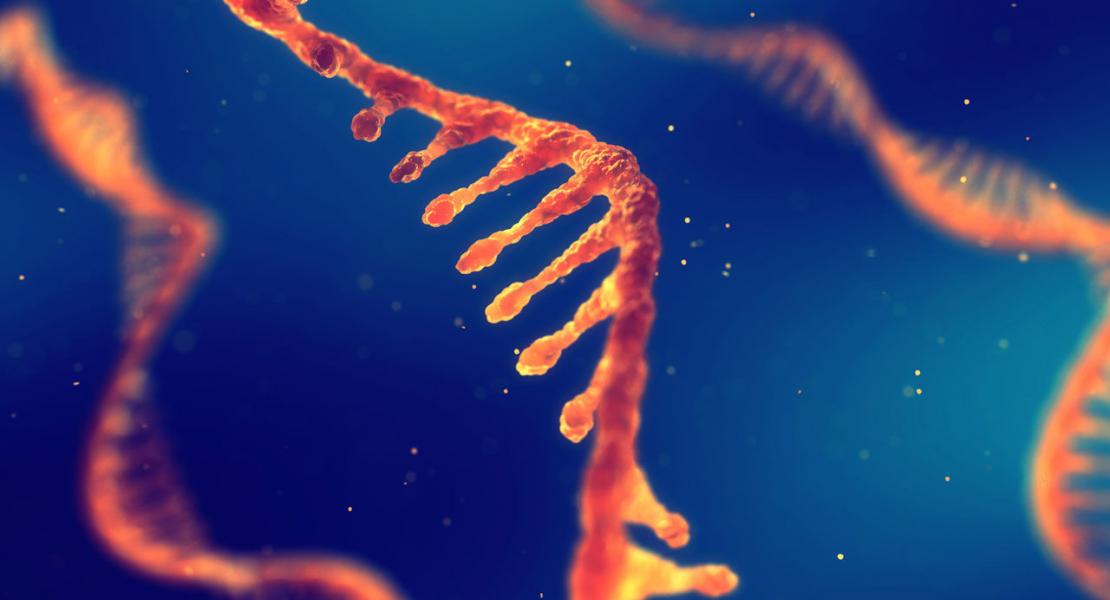Programmable RNA recognition and cleavage by CRISPR/Cas9

Abstract
The CRISPR-associated protein Cas9 is an RNA-guided DNA endonuclease that uses RNA–DNA complementarity toidentify target sites for sequence-specific double-stranded DNA (dsDNA) cleavage1–5. In its native context, Cas9 acts on DNA substrates exclusively because both bindingand catalysis require recognition of a shortDNA sequence, known as the protospacer adjacent motif (PAM), next to and on the strand opposite the twenty-nucleotide target site in dsDNA4–7. Cas9 has proven to be a versatile tool for genome engineering and gene regulation in a large range of prokaryotic and eukaryotic cell types, and in whole organisms8 , but it has been thought to be incapable of targeting RNA5 . Here we show that Cas9 binds with high affinity to single-stranded RNA (ssRNA) targets matching the Cas9-associated guide RNA sequence when the PAM is presented in trans as a separate DNA oligonucleotide. Furthermore, PAM-presenting oligonucleotides (PAMmers) stimulate site-specific endonucleolytic cleavage of ssRNA targets, similar to PAM-mediated stimulation of Cas9- catalysed DNA cleavage7 . Using specially designed PAMmers, Cas9 can be specifically directed to bind or cut RNA targets while avoiding corresponding DNA sequences, andwe demonstrate that this strategy enables the isolation of a specific endogenous messenger RNA from cells. These results reveal a fundamental connection between PAM binding and substrate selection byCas9, and highlight the utility of Cas9 for programmable transcript recognition without the need for tags
